What Makes a Snowflake Unique? Science Behind the Sparkle
You've probably heard the classic line: "No two snowflakes are alike." It's the ultimate winter fun fact, right up there with "reindeer are real" and "penguins mate for life." But is it true? And what's actually behind a snowflake's one-of-a-kind shape?
Well, snow pants on, hot cocoa in hand, let's take a closer look at what makes a snowflake unique.

What Is a Snowflake?
It might feel like a silly question, but snowflakes are more than just frosty sparkle dust. A snowflake is a collection of ice crystals that form in the clouds when water vapor freezes around a microscopic dust or pollen particle. (Yes, even snowflakes need a little drama to form.)
Once that tiny ice crystal forms, it grows as it collects more water vapor, and voilà, we've got a baby snowflake on our hands. Or rather, falling from above and gently landing on your sleeve like a fragile, frozen high-five.

What Makes a Snowflake Unique?
Here's the magic: the shape of a snowflake is a record of the environment it formed in.It's kind of like the ice crystal equivalent of a road trip playlist. And no two snowflakes take the same route through the clouds.
Let's break it down:
1. Temperature and Humidity Do All the Heavy Lifting
The shape of a snowflake depends almost entirely on temperature and humidity. As it tumbles down through the sky, it passes through ever-changing layers of cold and damp air. Each layer nudges the snowflake's growth in different directions.
- Cold and dry air? You'll get thin, flat plates.
- Warmer and humid? Hello, thick and complex branches.
- Rapid shifts between the two? Well, now you've got a snowflake that looks like it couldn't make up its mind.
It's like nature's version of a mood ring, except way prettier and significantly colder.
2. Hexagons Are the Cool Kids of the Crystal World
Ever notice how snowflakes always seem to have six sides? That's not just a design choice from the universe. It's science.
Water molecules arrange themselves in a hexagonal pattern when they freeze. Why? Because that's the most efficient way for them to connect and stay balanced in a crystal structure. It's symmetrical, stable, and downright satisfying.
So even though every snowflake is unique, most share that six-sided structure. It's a little uniformity in all the chaos, like wearing the same shirt to the party but accessorizing completely differently.
3. The Odds of Twin Snowflakes Are Basically Zero
Okay, so could two snowflakes technically be identical?
In theory: sure. If they followed the exact same path through the clouds with identical temperatures, humidity levels, wind patterns, and dust particles, then maybe.
But in reality, the chances are microscopic. We're talking "winning the lottery while being struck by lightning andholding the winning bingo card at the same time," rare.

Types of Snowflakes
Scientists have actually classified snowflakes into types.According to the International Classification for Snow Crystals, there are at least 35 types of snowflakes, including:
- Stellar dendrites: Your classic big, branching beauties.
- Needles: Long and skinny, kind of like frosty toothpicks.
- Columns: Small hexagonal rods.
- Capped columns: Columns with discs on each end (like a barbell made of ice).
- Plates: Flat, thin hexagons, sometimes with tiny little designs in the middle.
They may all be made of ice, but these flakes know how to serve variety.

Why Do We Care That Snowflakes Are Unique?
Snowflakes are a stunning reminder of how intricate and unexpected nature can be. Something as simple as frozen water vapor can create endless designs with no templates, no repeats, just a flurry of fresh takes every time.
They're also a subtle nod to how small shifts in the environment can have a significant impact. One slight change in humidity? Boom. Whole new snowflake personality. And isn't that kind of a beautiful metaphor for being human? (Cue the gentle acoustic guitar.)

Can You Catch a Snowflake and Keep It?
Short answer: not really. Long answer: You can try.
Some scientists and snowflake photographers (yes, that's a thing) have figured out how to preserve flakes long enough to photograph them. Usually, by catching them on something really cold (like a chilled glass slide) and taking a microscopic photo before they melt.
It's delicate work. Like, "don't sneeze or your subject disappears," delicate.
Still, these frozen masterpieces live on in books, photos, and the occasional "wow" moment when one lands on your jacket and you actually see its little icy branches before it vanishes.
Snowflake Fun Facts
- Wilson Bentley was the first person to photograph a snowflake under a microscope, way back in 1885. He captured over 5,000 and didn't find a single duplicate. Talk about dedication to frosty detail.
- Snowflakes fall at an average speed of 1 to 6 feet per second. So yes, technically, they're gently racing each other to the ground.
- Clouds don't actually "make" snowflakes. They provide the chilly stage, but the flakes choreograph their dance as they fall.

Real Talk: Snowflakes and You
Let's be honest. Snowflakes are often used as metaphors for individuality, uniqueness, and being soft and beautiful (and sometimes a little fragile).And you know what? That comparison holds up.
Because just like snowflakes, people are shaped by everything they move through. Every experience, breeze, chill, and warm moment adds a little pattern, a little twist, a little sparkle.
So the next time snow starts falling, take a moment, catch one on your mitten, and marvel at the fact that you're witnessing a design that's never existed before and never will again.Not a bad reason to be excited for winter, huh?
And if you're feeling particularly inspired, we might suggest bundling up in something warm, cozy, and uniquely youbecause we've got some sweatshirts that are just as one-of-a-kind as you are.

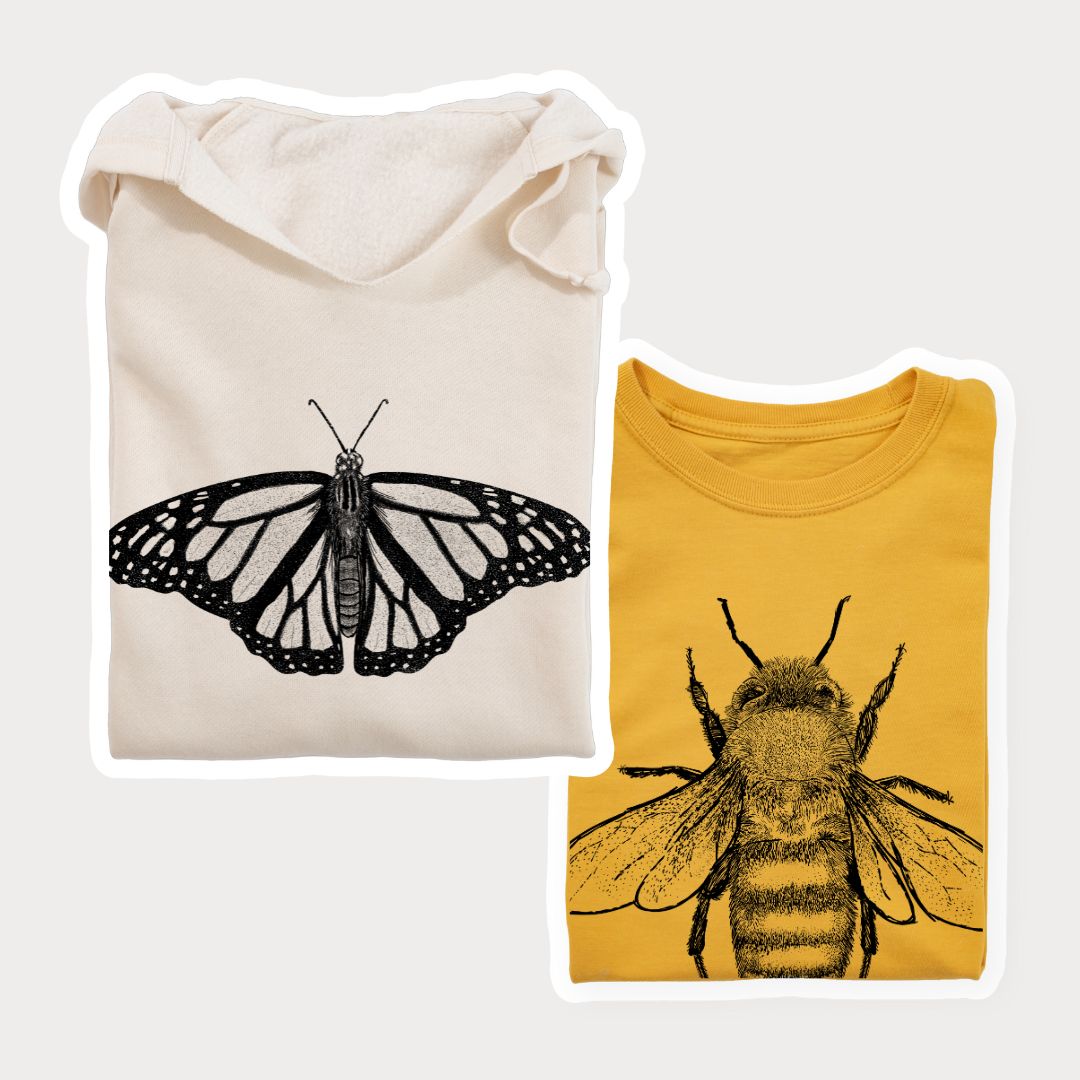

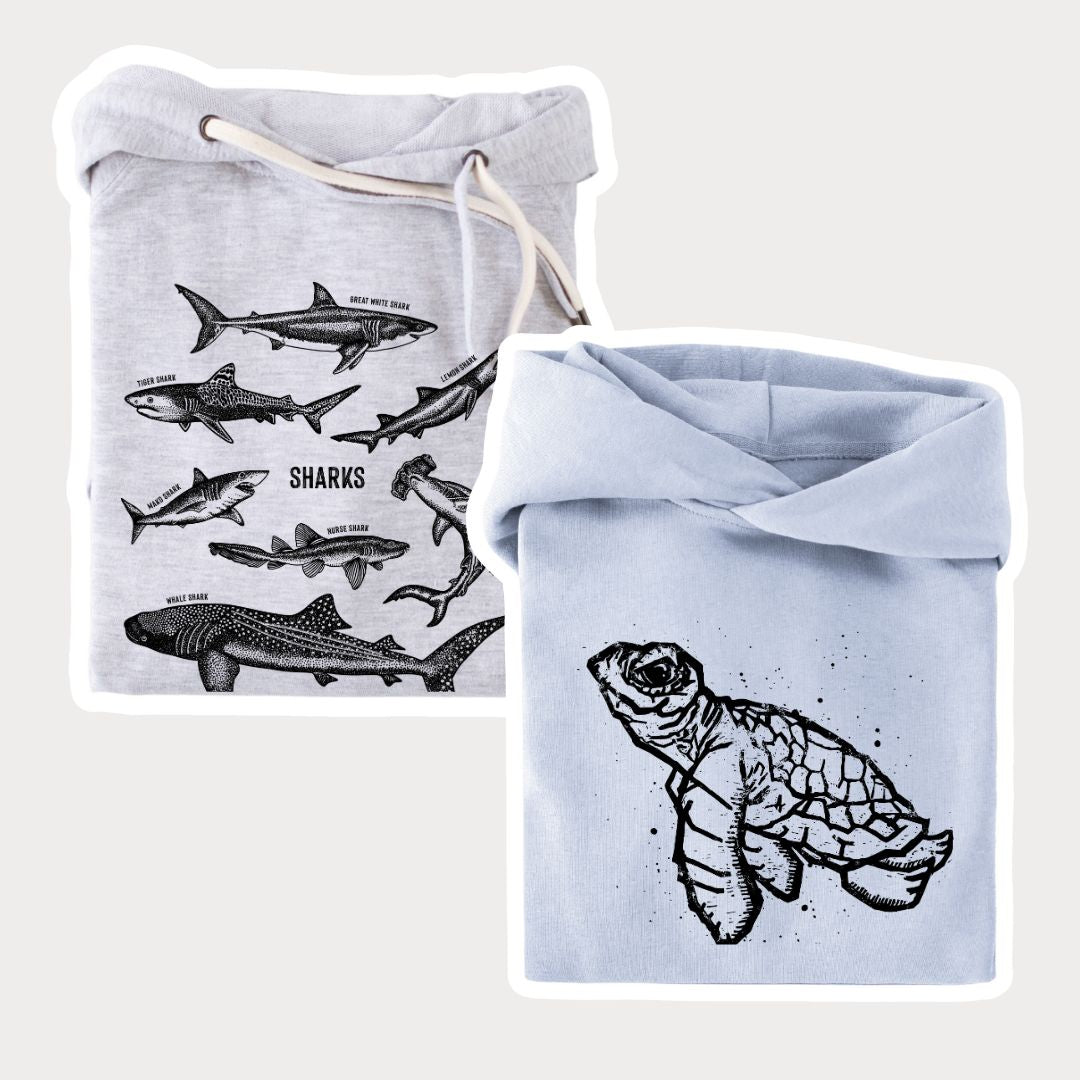
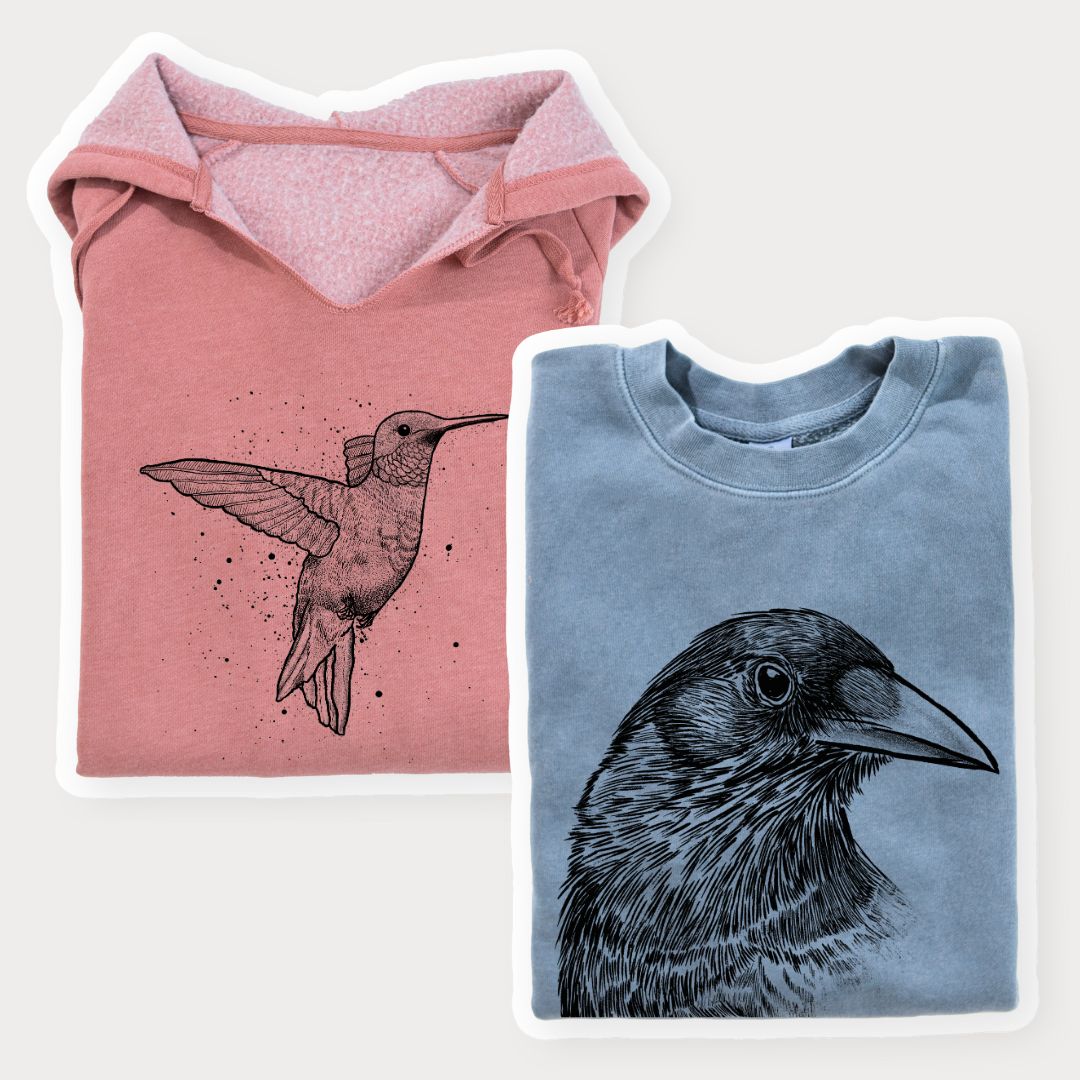
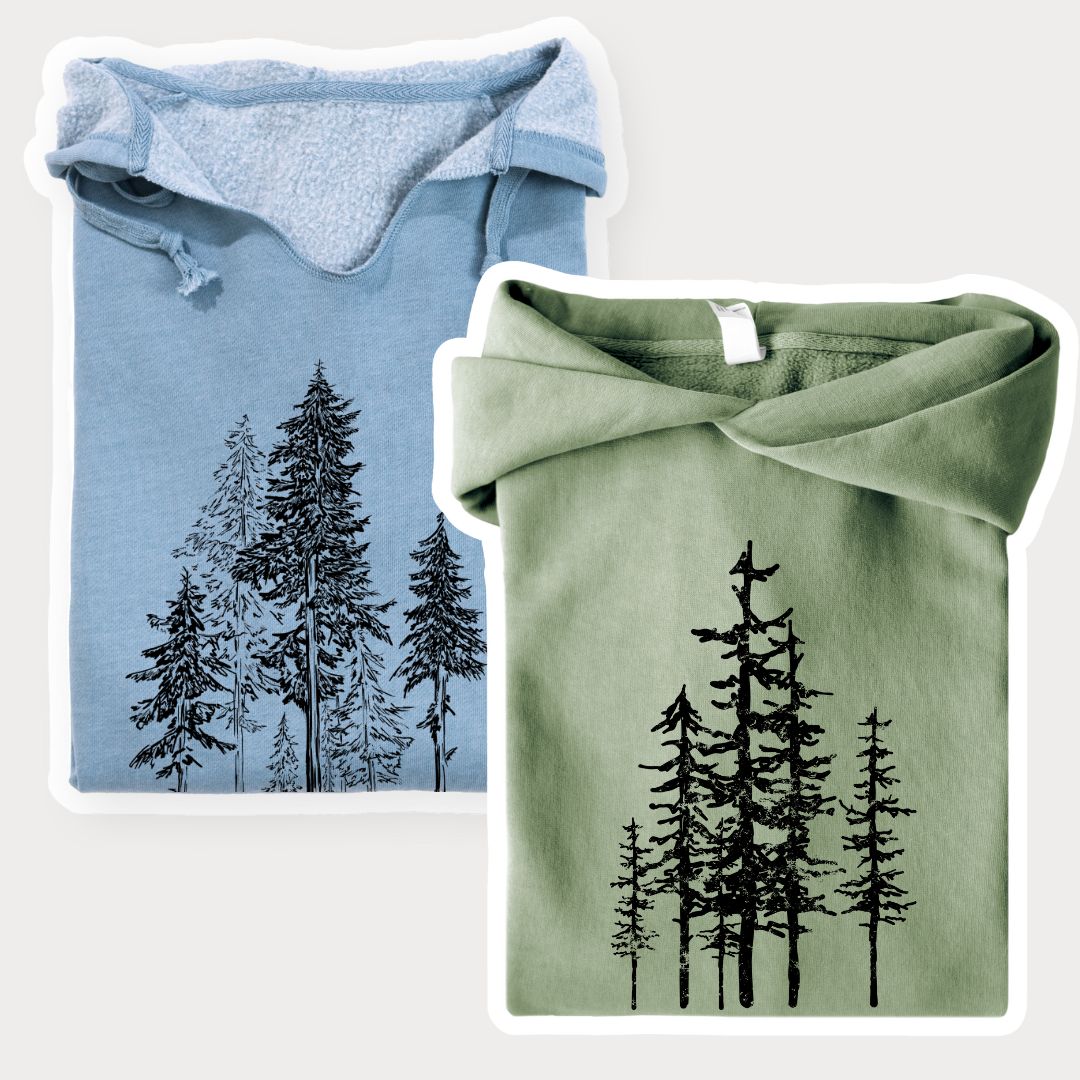
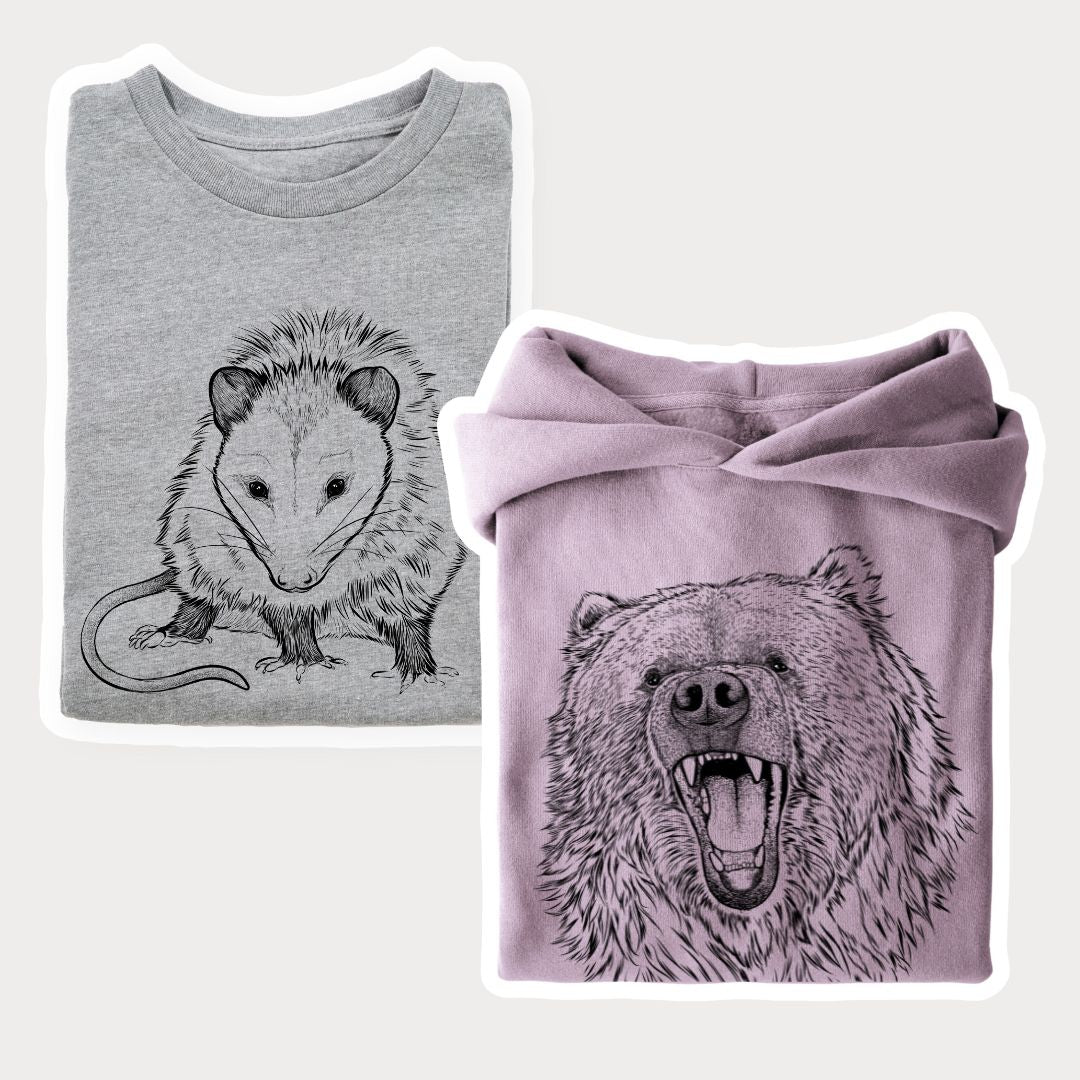


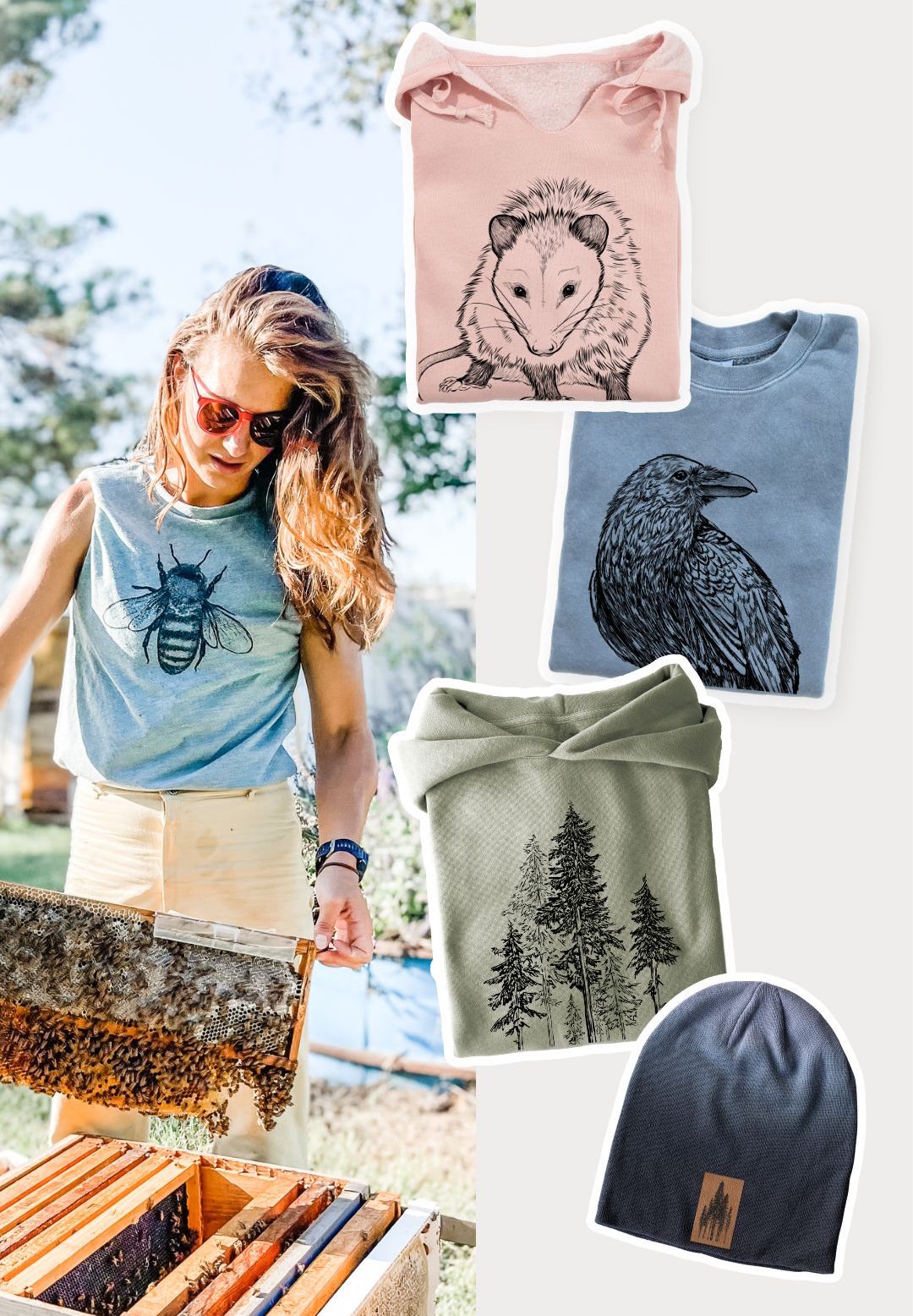

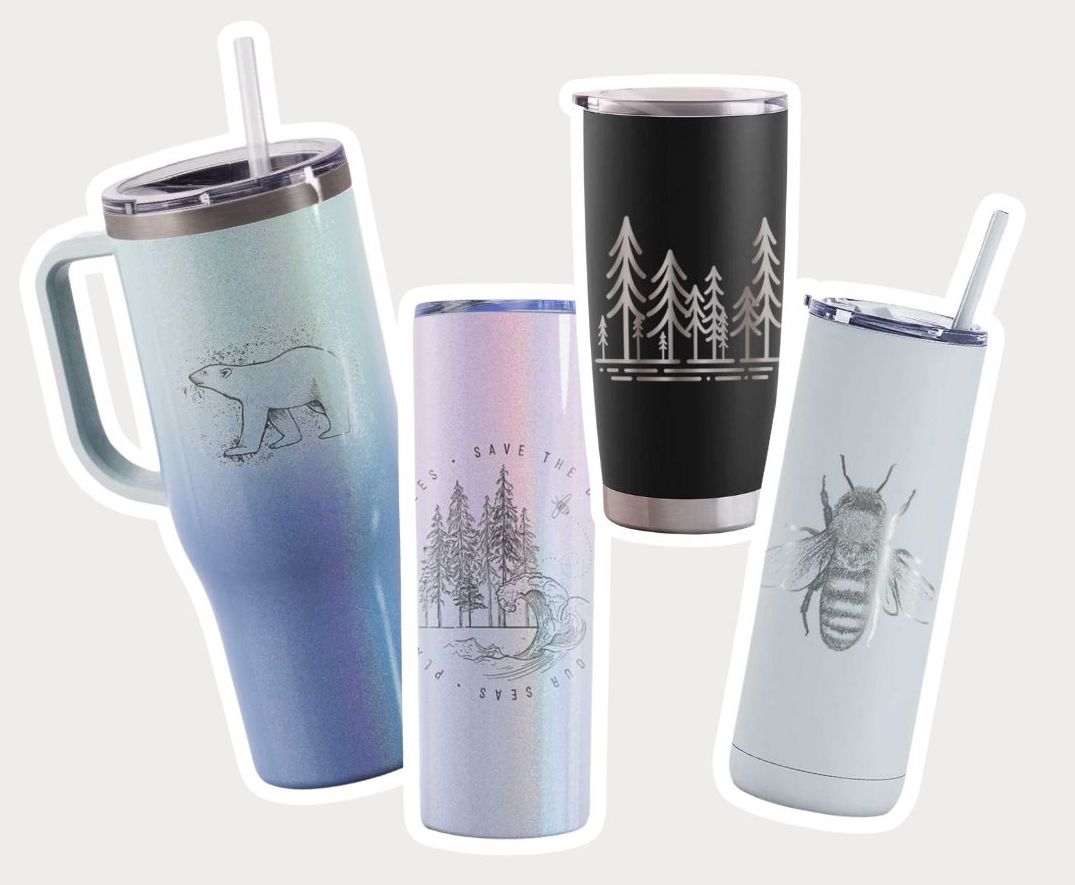


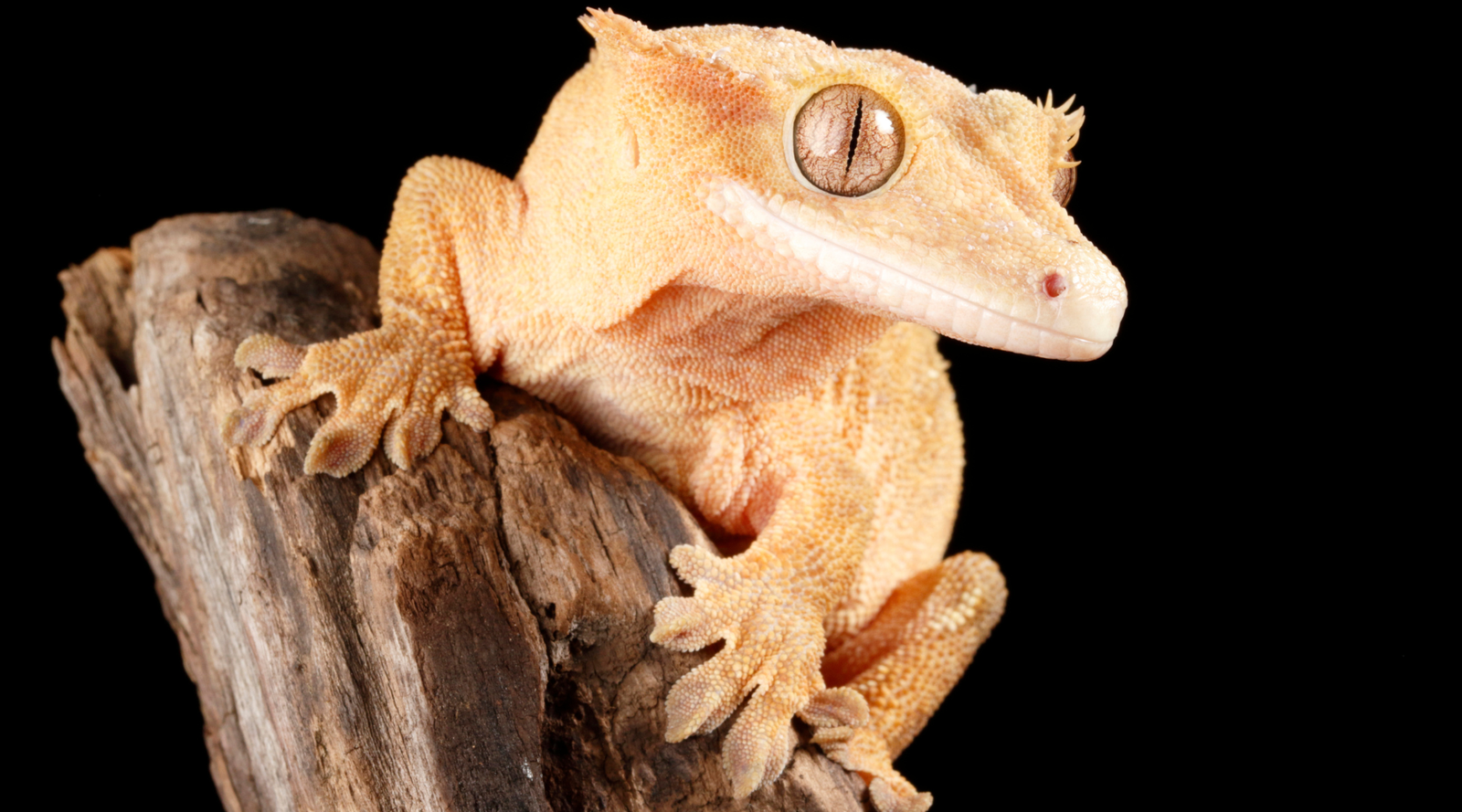
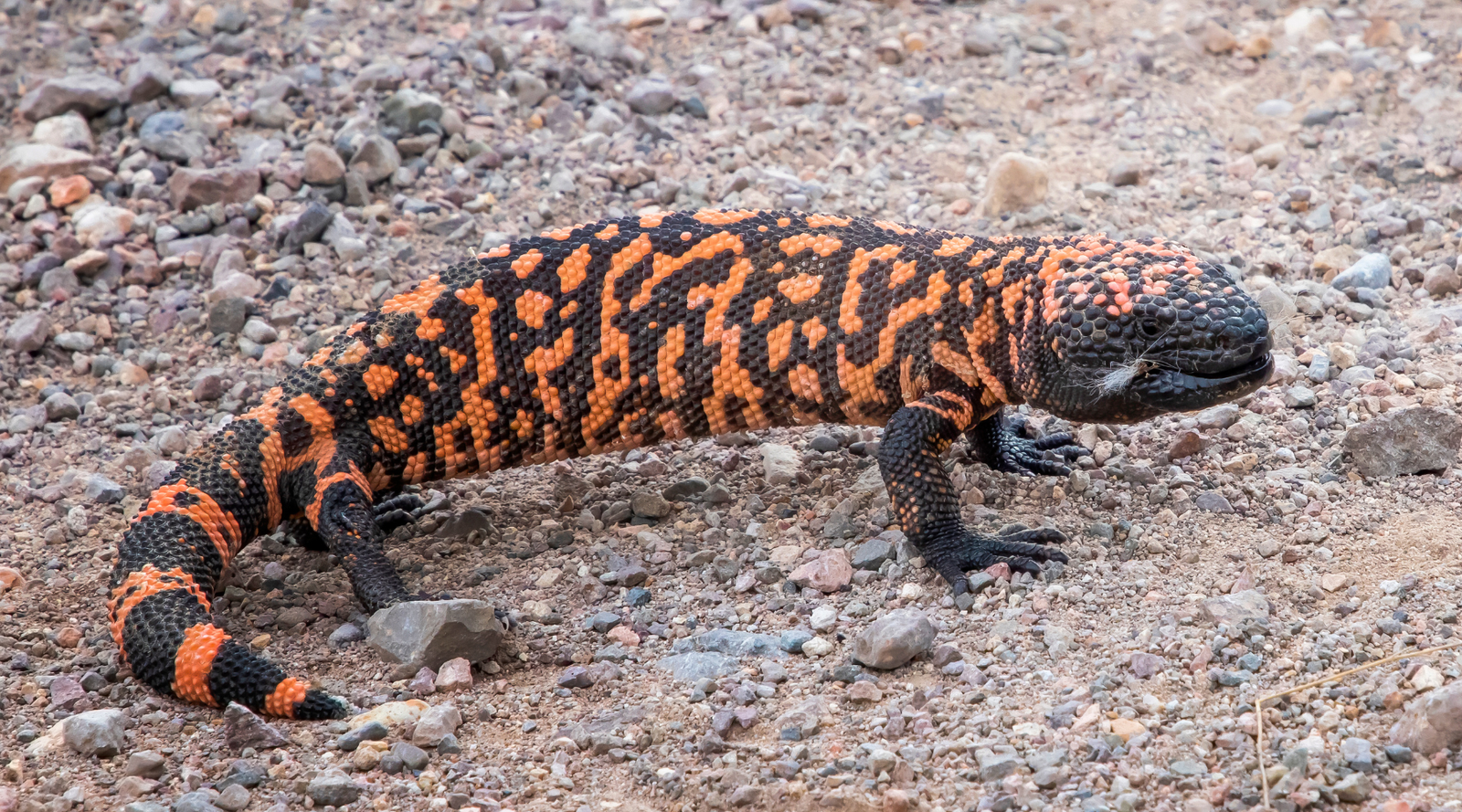
Leave a comment (all fields required)